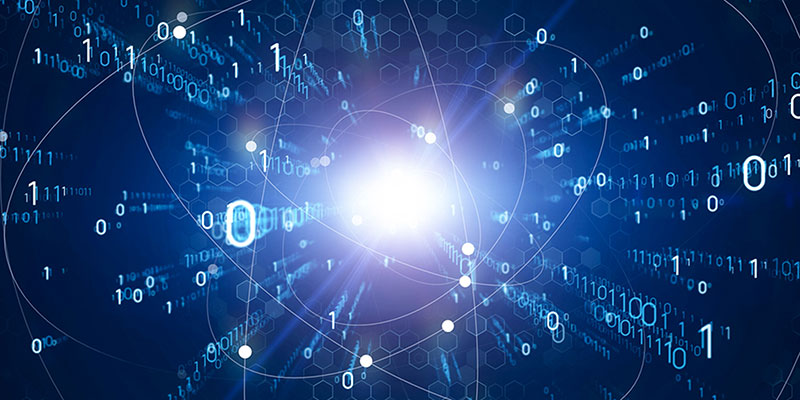Quantum Cryptography: The Next Paradigm Shift in Cyber Security

As the world rapidly advances technologically in areas like Artificial Intelligence and Nuclear Energy, robust digital security methods are essential to assure secure transmission of critical data. Quantum cryptography refers to cybersecurity methods for encrypting and transmitting secure data based on the fundamental principles of quantum mechanics. It is mainly composed of transmission of data using the properties of light (photons). It has the potential to be the seemingly “perfect” way of digital data transmission.
Principles like superposition and entanglement are key to quantum cryptography. According to quantum mechanics, photons can exist in multiple states simultaneously. In Quantum Key Distribution (QKD), photons are used instead of electrons or electrical signals for data transmission. They carry multiple bits of data at once, making interception nearly impossible due to the complexity of data and its secure encoding. In simple terms, data is transferred as light. Obeying Heisenberg's Uncertainty Principle, QKD ensures that any attempt to intercept the data disturbs it, making it virtually impossible to copy the data without altering the original state of photons.
QKD protocols leverage these principles. One of the most commonly known and used QKD protocols is the BB84 protocol. This method, a cornerstone of quantum key distribution, provides a secure way to transmit encryption keys by utilizing the principles of quantum mechanics. It is widely regarded for its ability to detect eavesdropping, ensuring highly secure communication channels. The protocol uses the polarization of photons to encode information. Data can be polarized along two axes (vertically - horizontally, or diagonally). This effectively represents the state of bits (0 and 1). The sender sets these parameters and then transmits the photons. The receiver is initially unaware of the axes set and measures incoming photons using random axes. They both then compare the data, and due to quantum mechanics, if the receiver used the same bases as the sender, the data is matched. The other received bits can be discarded. Any interception will disturb the data, causing a higher error rate. Currently, such protocols are used in military, governmental, and space communication.
Although the future seems bright for the technology, it currently faces some limitations. The most significant challenge is that quantum cryptography can only be used over short distances. When photons travel over long distances in fiber optics or free space, they can collide, be lost, or altered. To overcome this, quantum repeaters are being developed. These repeaters create entangled links over segments of a long-distance network and help preserve the quantum state over greater distances, making secure communication feasible across larger spans. They can amplify the photon beam and lead to it traveling long distances. Another significant restriction is that quantum cryptography is extremely costly. Existing infrastructure, such as underground fiber optic cables, is not compatible with QKD. Hence, new hardware and software will need to be built. There are also some speed limitations. Transmission of a single photon at a time is relatively slower than conventional methods.
In conclusion, quantum cryptography is arguably the most secure transmission method. It is almost impossible to intercept and steal. While it has some current limitations, its inherent security makes interception and data theft virtually impossible. The issues it has can be solved with enough investment and development. It promises to become a widely used technology in the coming decades. It will be exciting to see how humans develop more applications for such an amazing technology.
Similar Post You May Like
-

CFCs, HFCs and their long, troubled history
At its peak, the ozone hole covered an area 7 times larger than the size of Europe, around 29.9 million km2, and was rapidly expanding
-

The Origin of Universe: Deciding point where it all began!
Let us unravel and surf through the ideas throughout ages to understand what the universe and its origin itself was to its inhabitants across history.
-

The Artemis Program
Inspired by the Greek goddess of the Moon, twin sister to Apollo, the artimis program was named on 14 May 2019 by Jim Bridenstine.






